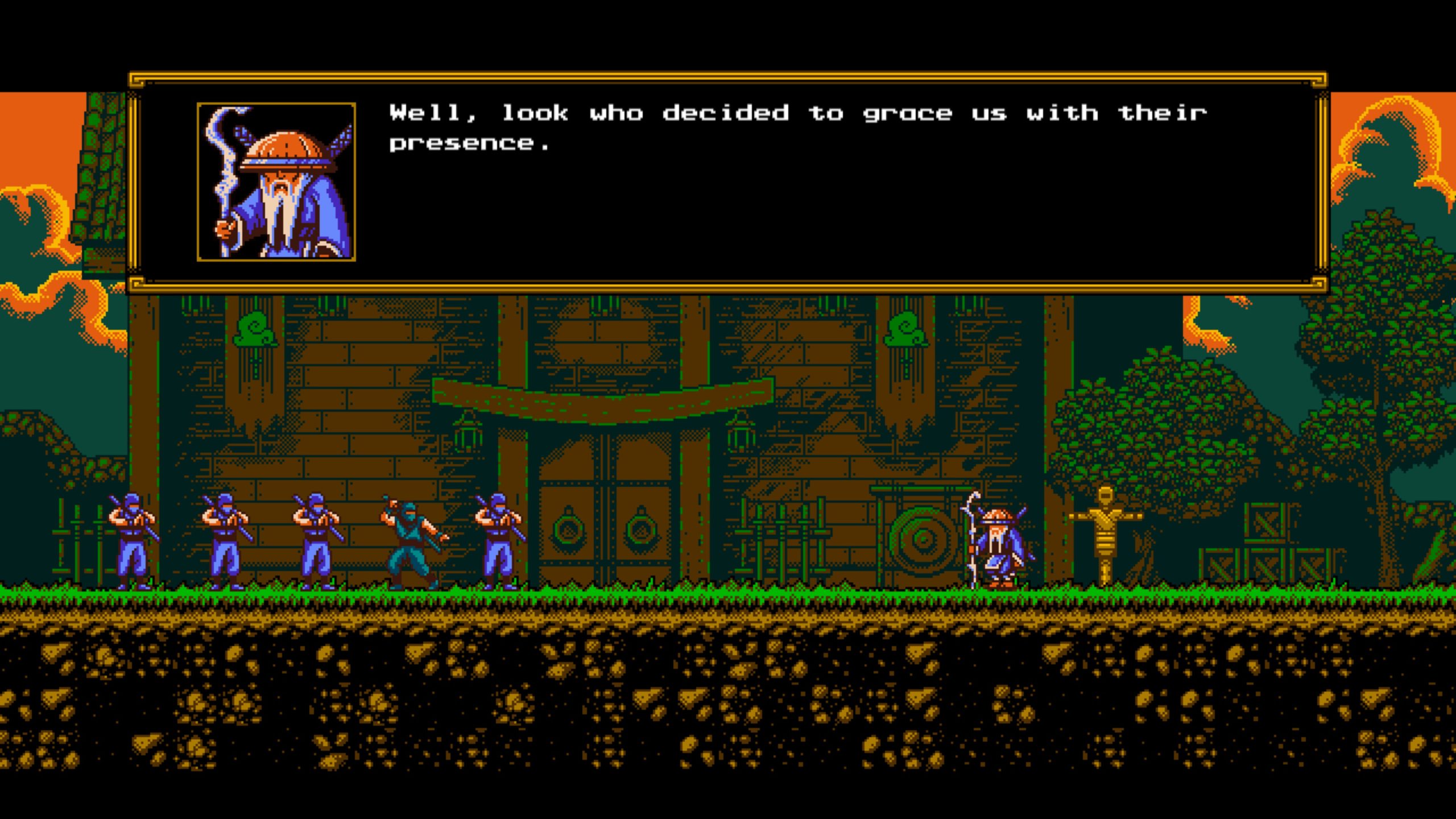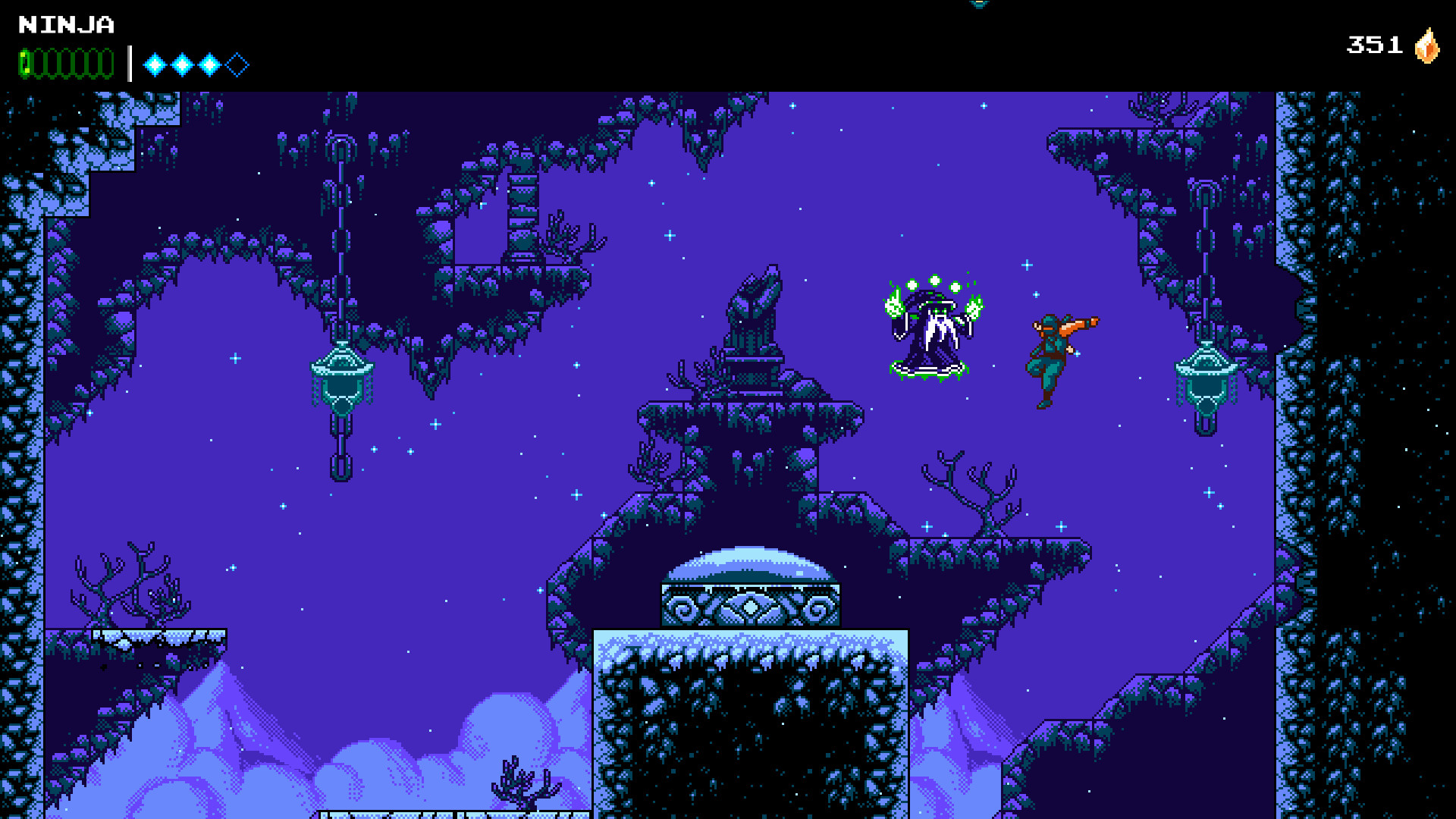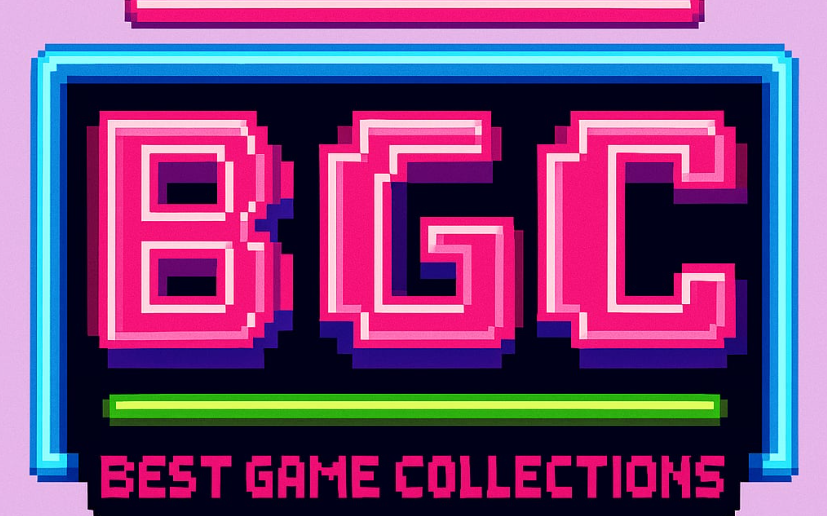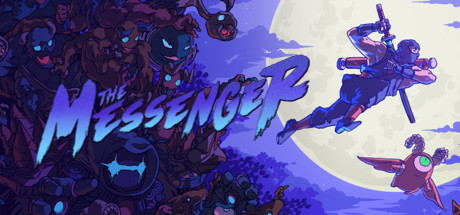Introduction
I love cozy, easy-to-pick-up games. The Messenger (released August 30, 2018) whisked me into its pixel-art ninja world and surprising time-travel twists. In this comparison, we’ll look at how The Messenger stacks up against other indie platformers—Shovel Knight, Celeste, and Axiom Verge. We’ll highlight what makes it special, point out its flaws, and explain why players both adore and sometimes curse its precise gameplay.
Story and Setting
The story is simple: a young ninja must deliver a magical scroll through a demon-infested land. It starts as a straight 8‑bit platformer. Then it evolves into a dual-era adventure, switching between an 8‑bit past and a 16‑bit future. Unlike Celeste’s emotional journey or Hollow Knight’s deep lore, The Messenger keeps the tone light. You’ll meet wisecracking demons and quirky bosses instead of tragic backstories.
Gameplay Mechanics
- Precision Platforming. The controls are as tight as Shovel Knight. You’ll need perfect jumps and well-timed dashes.
- Time-Travel Shifts. Transitions between 8‑bit and 16‑bit eras happen seamlessly. These shifts unlock new paths and keep things fresh.
- Upgrades & Exploration. Hidden areas, branching routes, and new abilities add a metroidvania feel. The map never gets as huge as Hollow Knight, but it still rewards exploration.
- Difficulty Curve. The challenge ramps up fast. Some sections can feel as tough as Celeste, but frequent save points and checkpoints help you recover.

Visuals and Audio
The pixel art in both 8‑bit and 16‑bit styles is a real treat. Every era shift changes the color palette and even the level layouts. It feels like playing two games in one. Rainbowdragoneyes’ chiptune soundtrack mixes classic NES vibes with fresh energy. It rivals Shovel Knight’s tunes and Celeste’s ambient score.
User Reviews and Community Response
Overall, the Messenger holds a “Very Positive” rating on Steam. Furthermore, ninety-one percent of 78 recent reviews are positive, and it sits at 93% across 9,622 total reviews. Moreover, players praise the smooth controls, clever level design, and witty humor. Many also call the time‑travel feature a “breath of fresh air.” Additionally, the music is often ranked among the year’s best. However, the main complaints focus on sudden difficulty spikes in late‑game bosses and some hidden‑item hunts that feel confusing without a guide.
Comparison with Similar Titles
- Shovel Knight. Both games have sharp controls and chiptune charm. The Messenger’s era-switching adds more variety.
- Celeste. Each demands precision, but Celeste centers on a heartfelt story and offers assist modes. The Messenger leans on humor and secrets.
- Axiom Verge. A deep metroidvania with complex item progression. The Messenger swaps depth for faster-paced action.
- Hollow Knight. A vast, hand-drawn world versus The Messenger’s retro simplicity. If you prefer tight, linear runs, The Messenger will appeal more.

Strengths and Weaknesses
- Strengths: Super-responsive controls. Creative time-travel twist. Standout chiptune soundtrack. Playful, light tone.
- Weaknesses: Sudden difficulty spikes. Secret hunts that frustrate completionists. Less narrative depth than some peers.
Conclusion
The Messenger perfectly balances nostalgic platforming with modern twists. While its challenge level may intimidate some, its generous checkpoints and hidden paths reward exploration and skill development. For anyone who loves a polished retro aesthetic, inventive level design, and a killer chiptune soundtrack, The Messenger is a must-play—even if you need to step away after a few near-impossible jumps to catch your breath. Compared to its peers, it shines as a fast-paced, humor-filled action-adventure that both respects and reinvents classic formulas.

